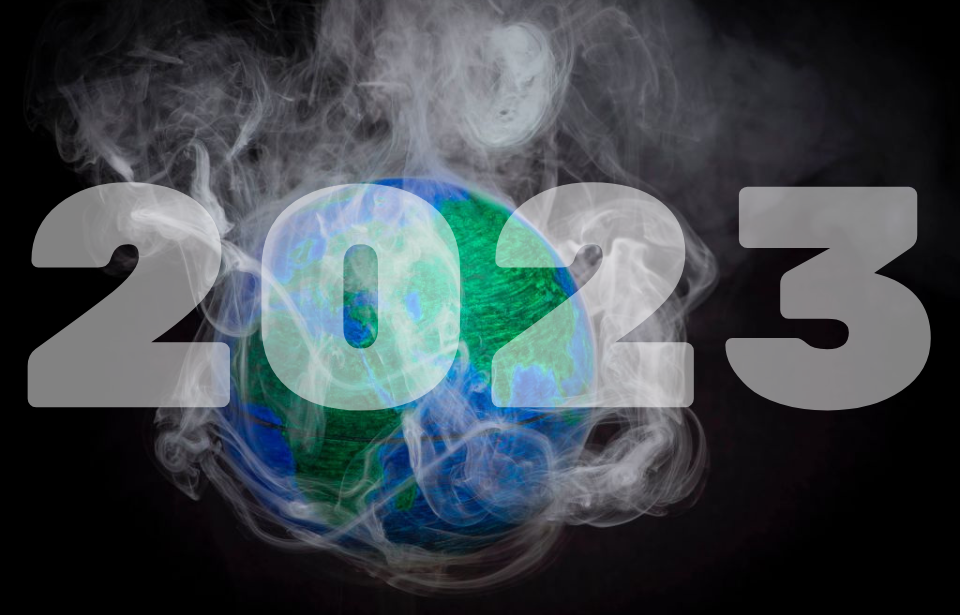The year 2022 was a whirlwind ,and it seems that 2023 will follow a similar path. From global food shortages to environmental disasters and war, the last year has been a challenge for many. As the new year approaches, we all hope for a more peaceful and easygoing 2023. According to studies and scientists, we should pay close attention to these seven predictions for the year ahead.
Climate change triggers warmer weather

Climate change has been a known environmental threat for some time, but only recently did it begin to encroach on other aspects of life. A study conducted by the International Rescue Committee has found that climate change will be one of the largest contributing factors to ongoing humanitarian crises across the globe, and 2023 will be one of the most impactful years for these changes.
The BBC reported that temperatures in 2023 are forecast to be between 1.08 degrees Celsius and 1.32 degrees Celsius above the pre-industrial average, making it one of the warmest years on record. In 2022, record-breaking weather happened in several areas around the globe, like the intense heatwave that hit the UK this summer. It looks like that trend will continue well into 2023.
Increased water scarcity and natural disasters
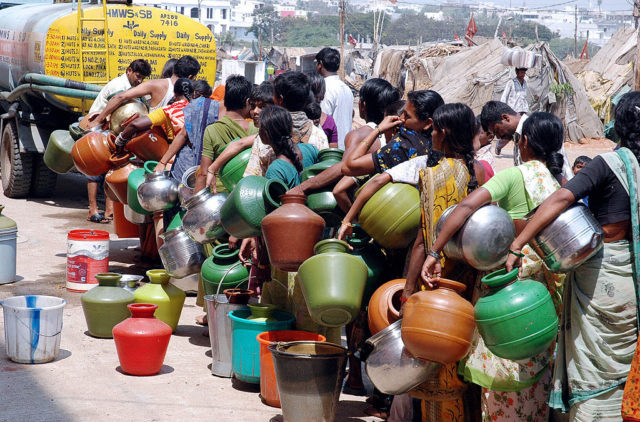
Water is one of the fundamentals of life that many of us take for granted. The majority of American people have access to clean drinking water at the turn of a faucet, yet 40 percent of the world’s population is affected by water scarcity and lacks access to safe drinking water.
Access is only half the issue. According to the United Nations, 80 percent of wastewater ends up back in the environment untreated, and more than 90 percent of global environmental disasters are water-related. Our close relationship with water becomes more volatile every day, and it could get worse in 2023.
It’s predicted that unless we act now to help conserve our water, over half of the world’s population will be living in water-scarce areas. Water scarcity is becoming accelerated by climate change, which alters weather patterns and causes droughts or flooding. The year 2022 already foreshadowed what this could look like with the devastating floods in Iran which left nearly 80 people dead.
Food shortages and empty grocery shelves
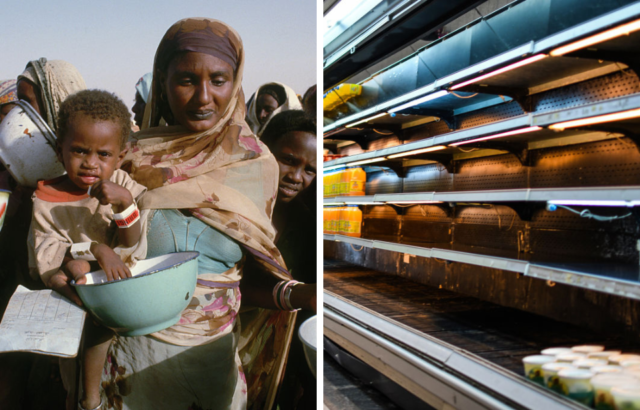
On November 15, 2022, the world reached a population of 8 billion, and it is expected to reach 8.5 billion by 2030. A rapidly growing population means more mouths to feed, but the economic and environmental disparities currently facing developed and developing countries’ food shortages are expected to continue in 2023.
Climate change is wreaking havoc on weather systems, causing droughts and floods that can wipe out crops overnight. Not only does this affect communities that rely on those crops, but it can also put a strain on supply chains and exports, causing food prices to skyrocket as they did during the COVID-19 pandemic.
The war in Ukraine, for example, has slowed the export of one of Russia’s and Ukraine’s major exports: wheat. The wheat shortage triggered soaring prices on some of the most basic staples like bread and flour. The conflict has also halted Russia’s fertilizer exports, which accounted for almost one-fifth of 2021 exports. Fertilizer prices have doubled since the start of the war, causing countless countries that rely on Russian fertilizer to reduce their yields which means less good to eat and to export.
The Secretary-General of the United Nations, António Guterres, warned G20 leaders during a summit in Bali that the world is heading towards a “raging food catastrophe.” Shortages will likely affect mostly developing countries the most as they battle with the ongoing effects of COVID-19 and the lack of resources needed to recover along with the climate crisis and rising food costs.
Waste and pollution will become unavoidable
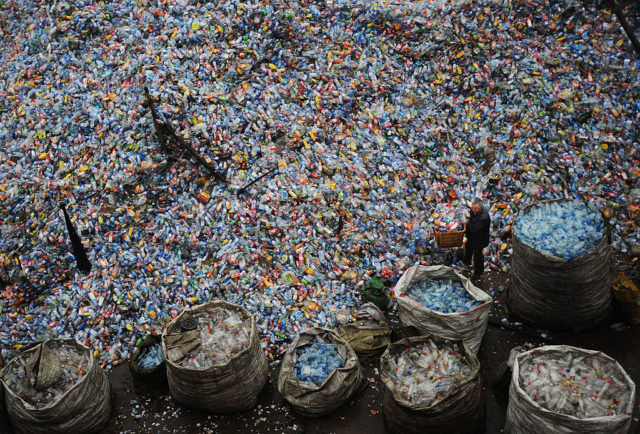
Global greenhouse gas emissions are expected to hit an all-time high in 2023, and a large contributor is our garbage. Landfills and food waste will contribute to 5-10 percent of greenhouse gas emissions in the new year. Fast fashion – a group of companies that produce and sell garments at a huge discount only to have shoppers throw their products away after a couple of wears – uses toxic chemicals and wasteful practices while relying on cheap and often inequitable labor.
Even our water is full of trash, and oftentimes you can’t even see it! Microplastics are tiny granules of plastic that are rapidly infiltrating our water. According to the United States Geological Survey, 12 percent of freshwater fish have been found to contain microplastics. The plastic particles are created as plastic waste like water bottles and plastic shopping bags break down, and since plastic is not biodegradable it only becomes smaller and harder to detect. Other microplastics are purposely put in products like toothpaste and soap.
These tiny plastic pieces not only harm wildlife, but they also can contain chemicals that are harmful to humans if ingested through drinking water. This, combined with air pollution and other threats to the well-being of our environment, could threaten our health in 2023.
Nuclear tensions will continue to grow

The war between Ukraine and Russia escalated to a full-fledged Russian invasion of Ukraine in February 2022. Ukraine has suffered unfathomable losses, including the deaths of civilians, displacement, and continued threats of nuclear attack. Both sides refuse to stand down, but as Vladimir Putin loses his grip on the war he has begun to escalate his intimidation tactics with even more nuclear threats and displays of nuclear prowess.
In mid-December 2022, Russia shared a video of a nuclear-capable intercontinental ballistic missile being loaded into a launch silo. Around the same time, Putin released a statement insisting he had not “gone mad” over his nuclear threats, ensuring that Russia would only nuclear weapons in the war if provoked.
As more countries arm themselves with nuclear weapons, a new arms race is emerging. Authoritarian regimes like Iran and North Korea have been bolstering their weapon supplies and demonstrating their new nuclear powers. As more countries with hostile relations, including Iran, North Korea, and Russia become increasingly capable of starting nuclear war we can only hope no one dares to hastily hit the “launch” button.
Ever since nuclear war became a reality following the bombing of Hiroshima and Nagasaki in 1945, people around the globe have lived in fear that they could be the next target. As we saw towards the end of the Cold War, collaboration and communication will be key in the coming years to ensure the world is safe from nuclear threats – especially as the Russian invasion of Ukraine approaches the one-year mark in early 2023.
Data privacy and the age of misinformation

The age of social media has also become the age of misinformation. From hate speech to bots and conspiracy theories, the internet can be a confusing place to navigate. In recent years another online issue has been threatening people’s privacy: scammers. Spam emails look more convincing than ever before, and hacking someone’s accounts or devices is becoming more commonplace.
While it’s one thing to lose a few files, when world leaders and important figures have their information targeted and published the landslide of accusations and scandals can overtake the truth. The vastness of the internet has made it even harder to track down scammers or find the truth in a situation, something that could continue in 2023.
2023 will be the year of the Metaverse

Technology grows exponentially every year, and 2023 could bring the biggest changes yet. Artificial intelligence is predicted to become easy to use and easy to design without coding. AI can also customize online shopping experiences for each shopper and even deliver them immediately to your door.
Parts of Mark Zuckerberg’s “Metaverse” will also likely become reality in 2023. The internet is becoming more immersive than ever before, allowing users to experience a virtual world known as the Metaverse where their virtual self can shop, play, and even own assets like property. According to Forbes, experts believe the metaverse will add $5 trillion dollars to the global economy by 2030, and “2023 will be the year that defines the direction of the metaverse for the next decade.”
“Nanotechnologies” that allow scientists to edit DNA, 3D printing, and quantum computing are also on the 2023 tech forecast.
What does the future hold?
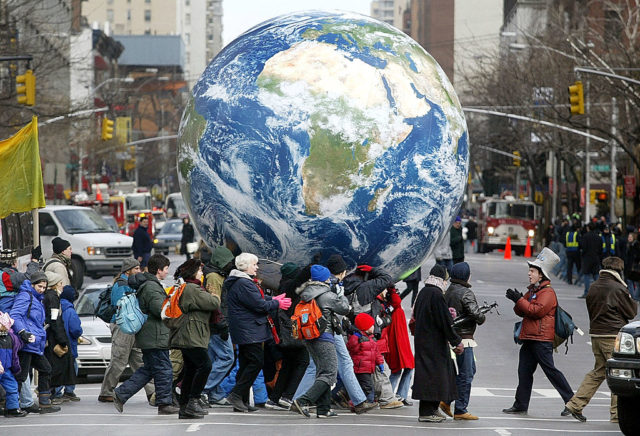
More from us: Seven Of The Worst Years in The History Of Mankind
Nearly all of these predictions can be remedied by one thing: collaboration. Now more than ever, humanity needs to come together to stop climate change, provide equitable living conditions for all, and avoid conflict. Even if it seems impossible for one person to affect change on their own, the smallest actions can have the biggest impact.
